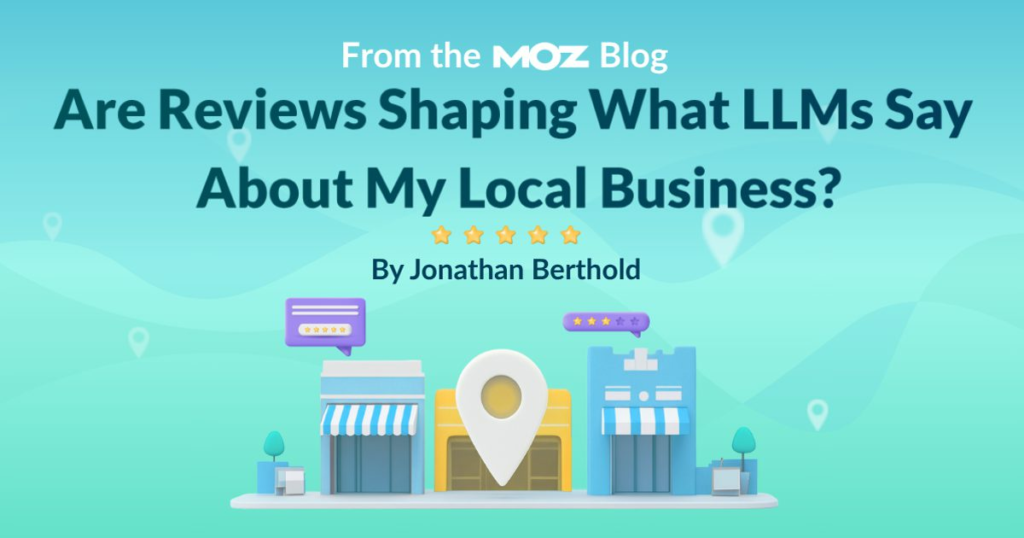
If you run a local business, you know the rush: a new five-star review drops, and you’re riding high on social proof. But one bad review? It can feel like someone graffiti-tagged your storefront with “AVOID AT ALL COSTS.” That one-star review will keep you up at night.
Over the past two decades, we’ve gone from flipping through the Yellow Pages to scanning Google Maps to reading AI-powered summaries. In today’s search landscape, we’re navigating a maze of acronyms beyond SEO — from GEO (Generative Engine Optimization) to AEO (Answer Engine Optimization) to the emerging LLMO (Large Language Model Optimization). At the core, all of this is still SEO built for machines that synthesize information, not just rank pages.
Today, local reviews are no longer a side benefit — they’re a central part of your overall local SEO and visibility strategy. They work hand-in-hand with other local signals, like your Google Business Profile (GBP), other local citations (all of which must be accurate and up to date), reviews, and more. In an AI-driven search environment, your entire online presence becomes data for machines to evaluate, including your online reputation and social proof.
This shift means that we’re no longer just trying to rank a website or local listings; instead, we’re also feeding machine learning models that synthesize information from your reviews, your site, third-party listings, social media, and more. These systems don’t just crawl and index like search engines. They also generate answers by predicting language patterns based on what they’ve seen across the web, including your reviews. They generate responses based on trends, sentiment, and context. What people say about your business, and how they say it, matters more than ever.




